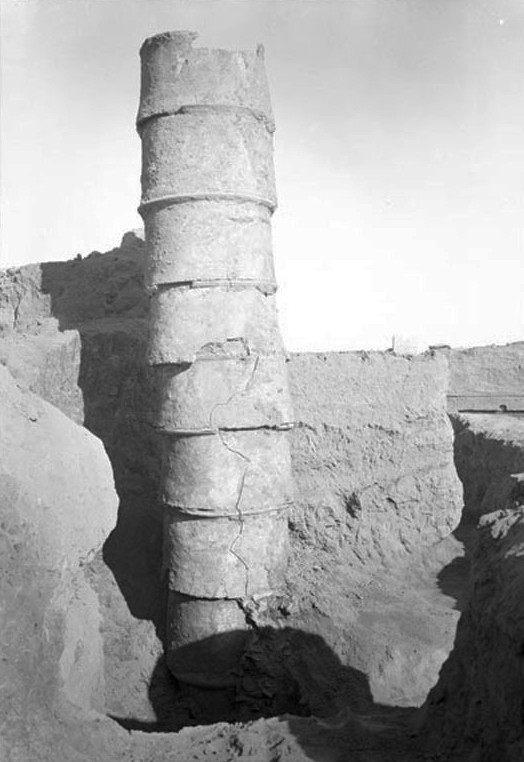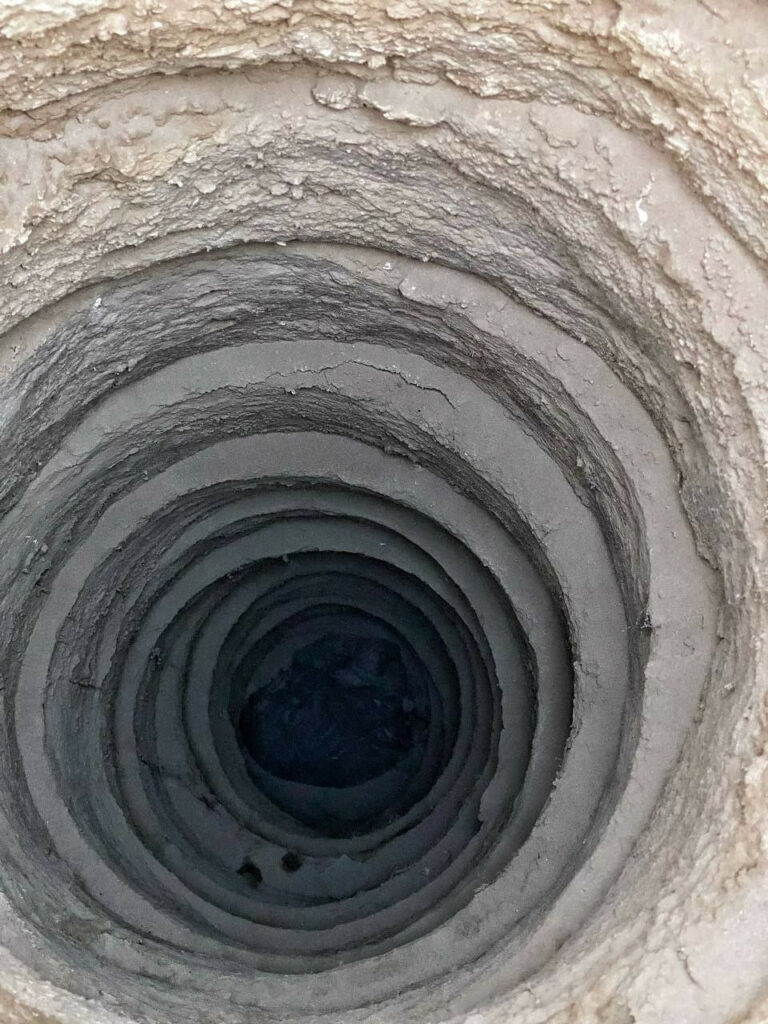In the early 1920s, British archaeologist Leonard Woolley and his team uncovered a significant discovery in the ancient city of Ur, located in modern southern Iraq. They found a sophisticated network of 4,000-year-old drains that transformed our understanding of Sumerian civilization.

Ur was a major religious, political, and commercial center during the Sumerian civilization from 2800 to 2000 BCE, known as the birthplace of the biblical figure Abraham. The discovery revealed not just simple ditches, but a complex system of covered, stone-lined passages that demonstrated advanced urban planning and a commitment to sanitation and public health.

These drains featured precise construction techniques, including sloping channels for efficient water flow and early forms of manholes. The findings highlight the Sumerians’ impressive engineering skills and their forward-thinking approach to water management.

The legacy of this ancient innovation continues to influence modern urban planning, showcasing the ingenuity of Sumerian civilization and reminding us of our longstanding quest for healthier cities.


